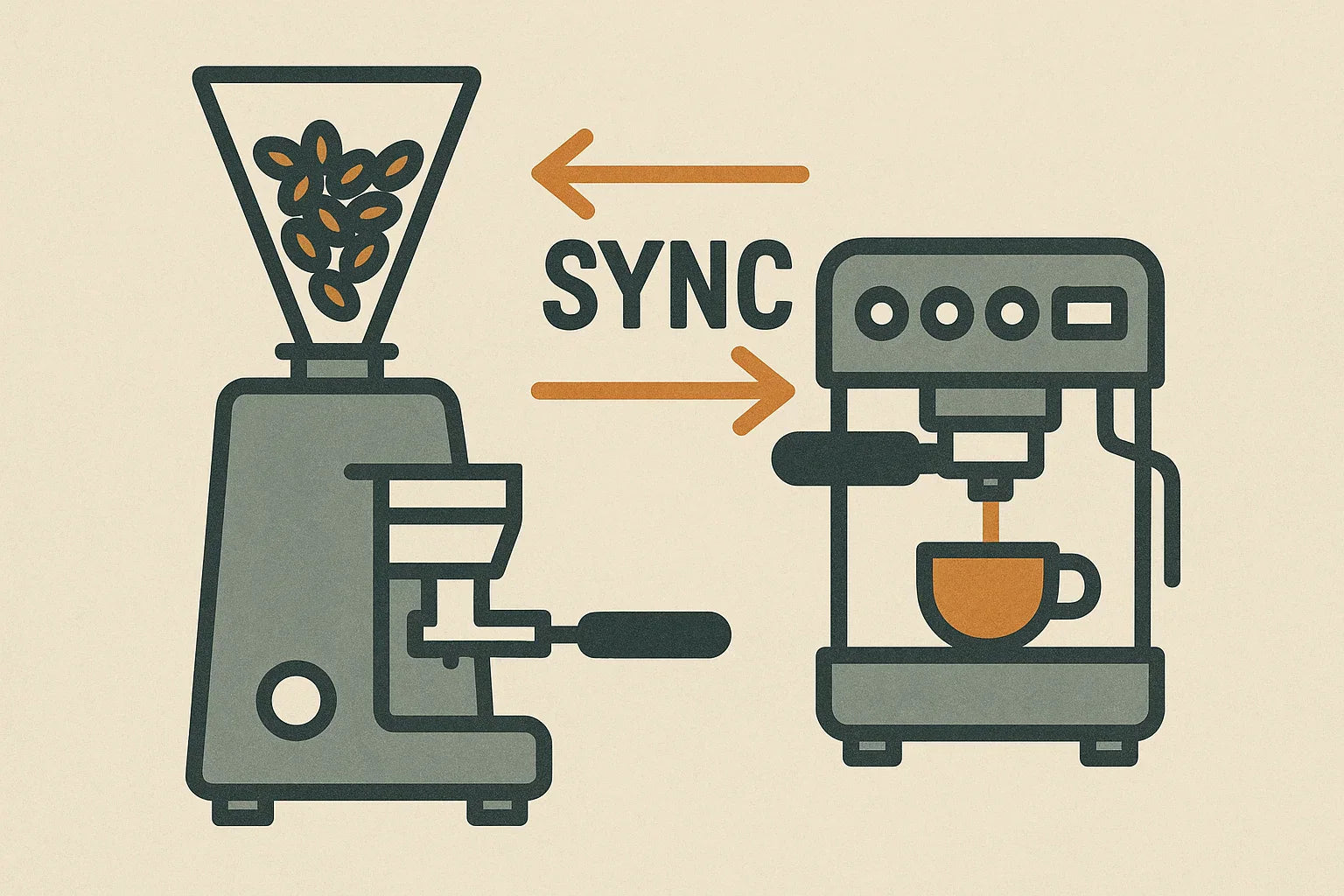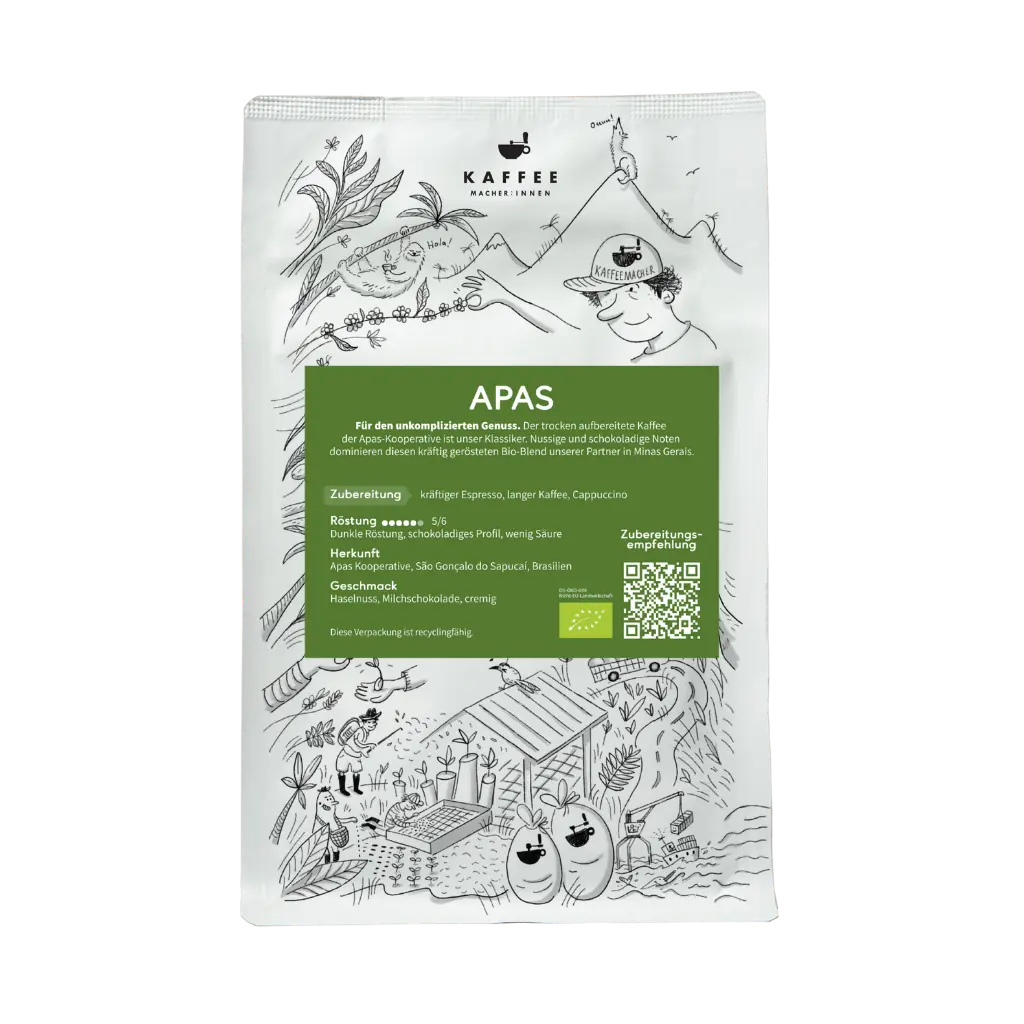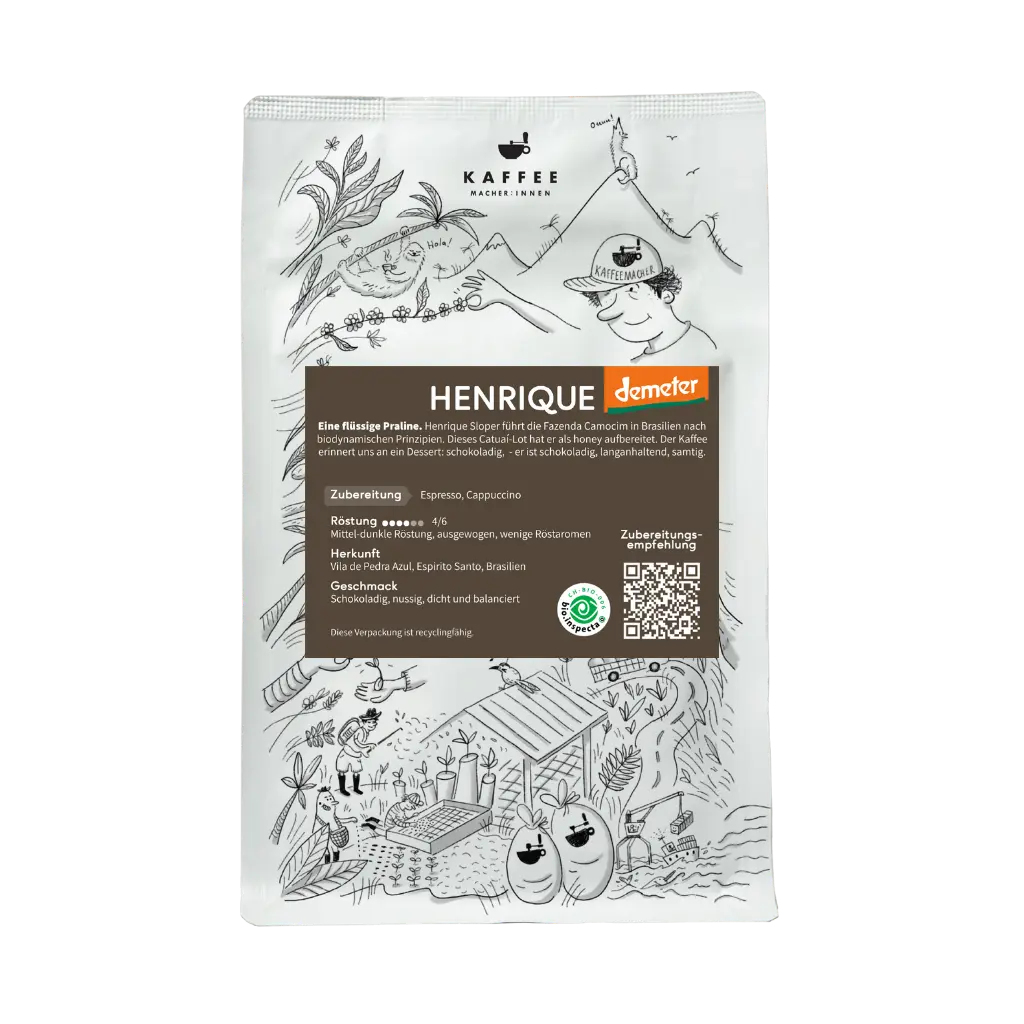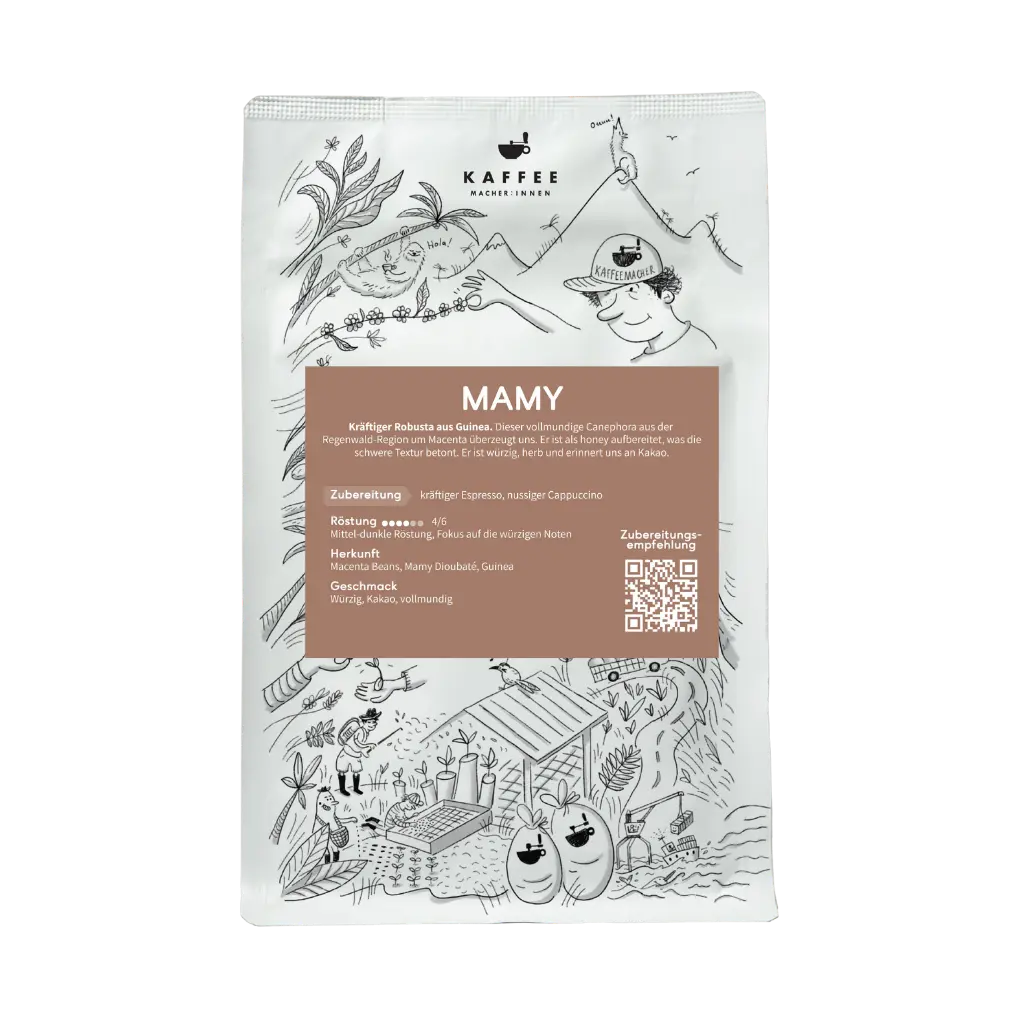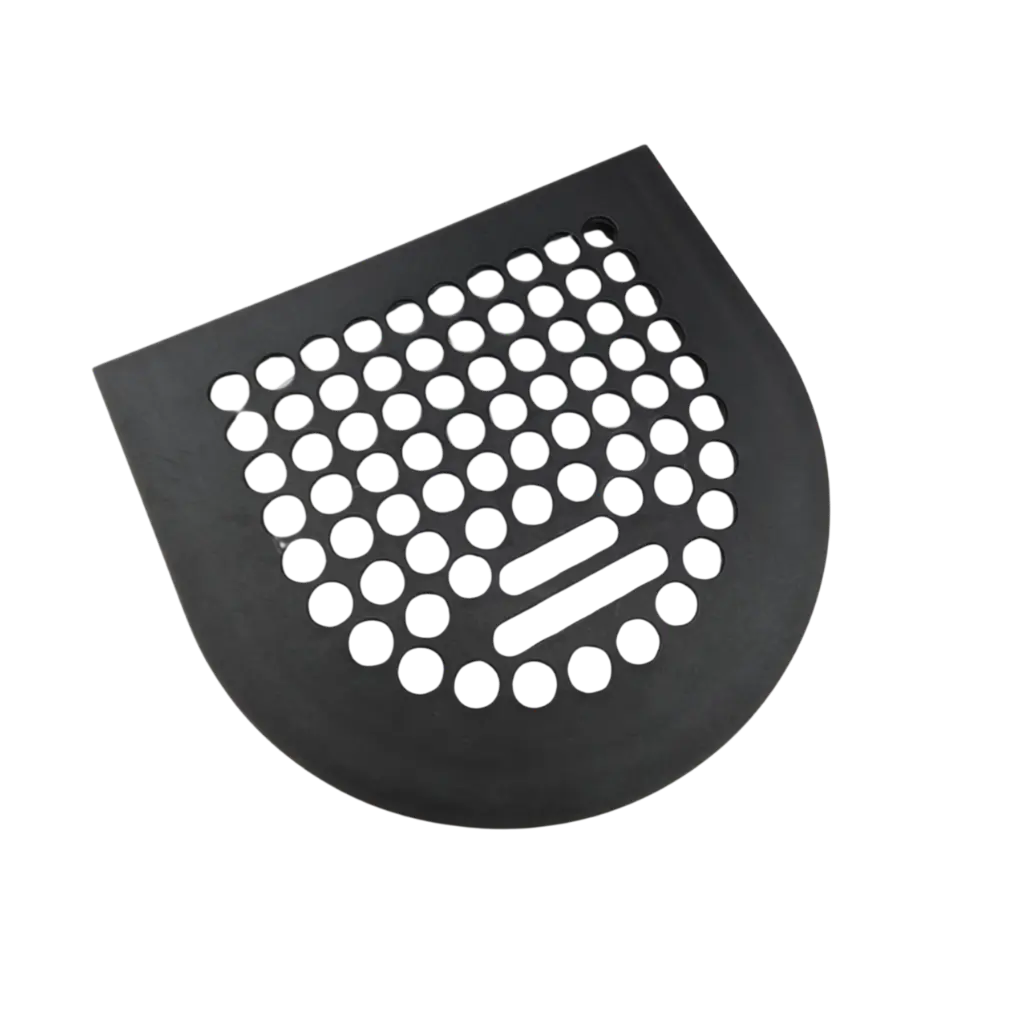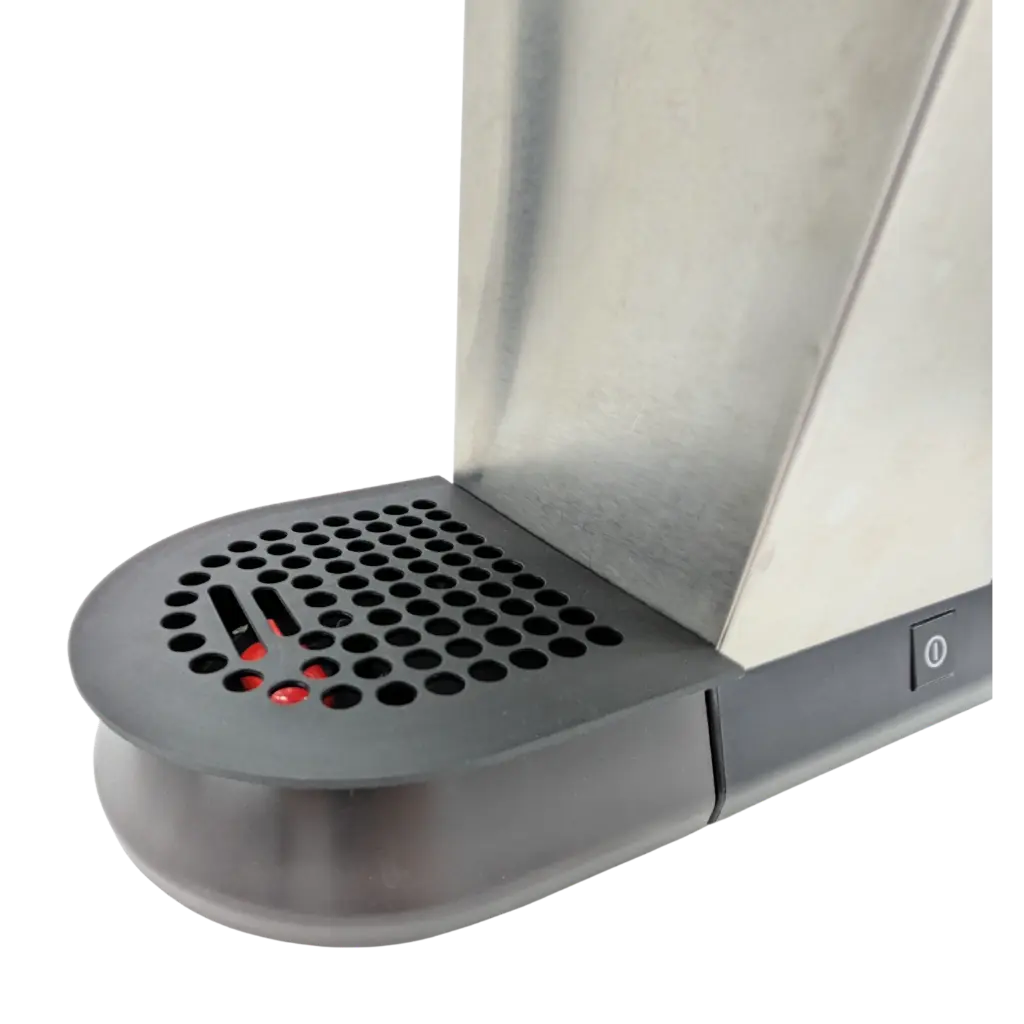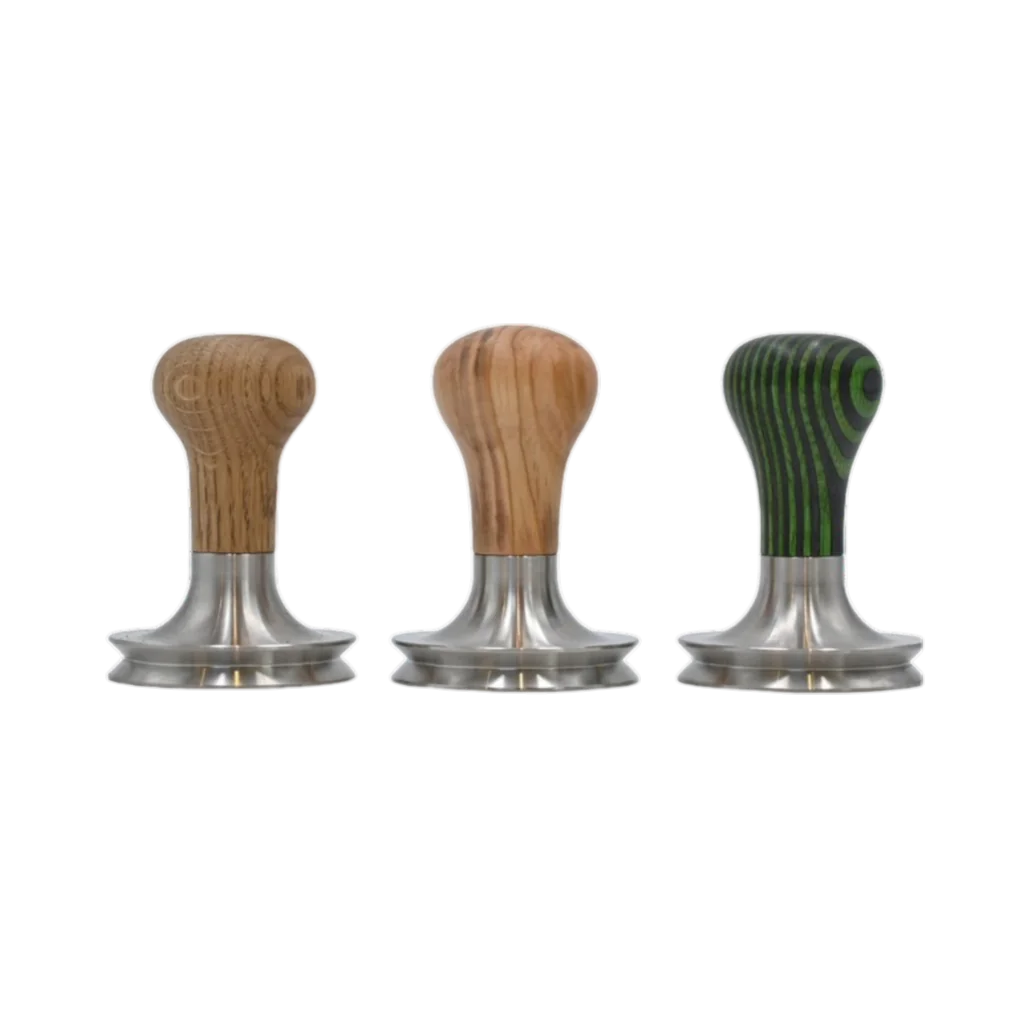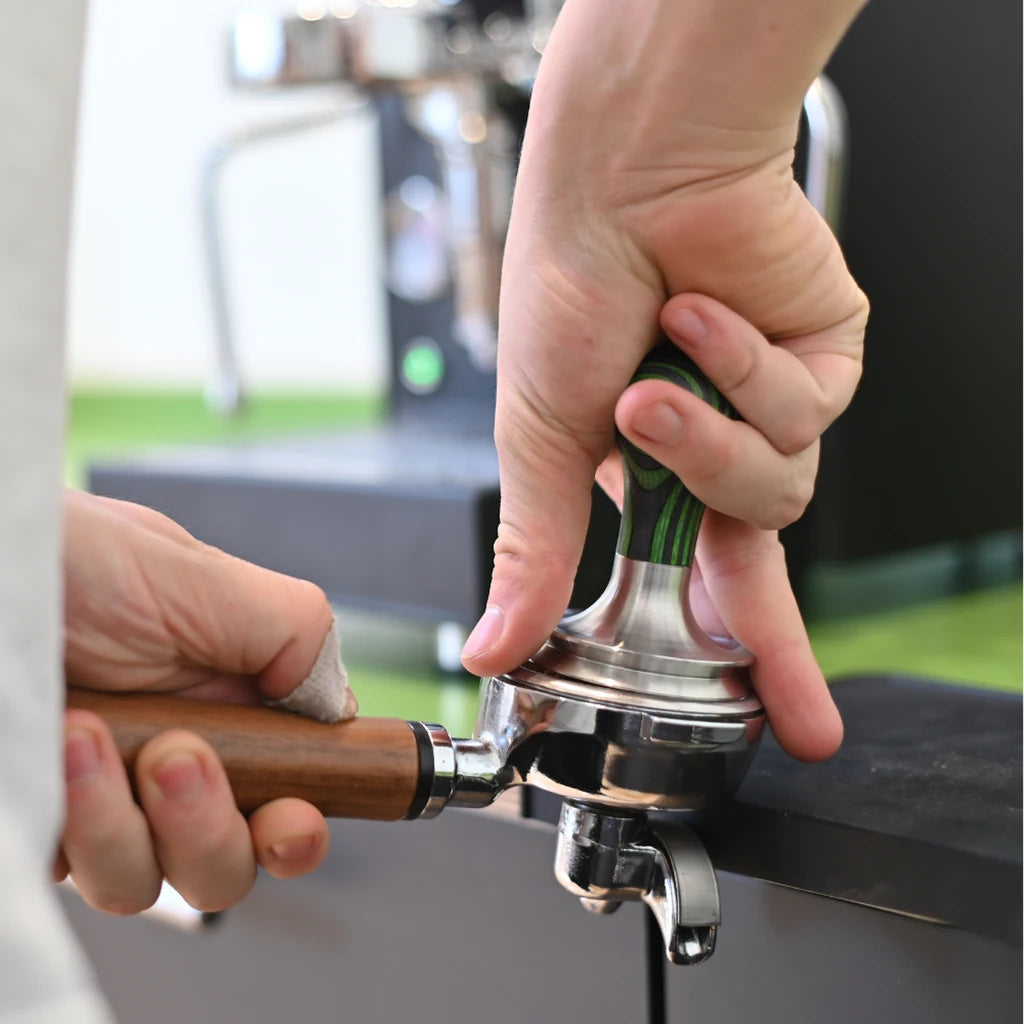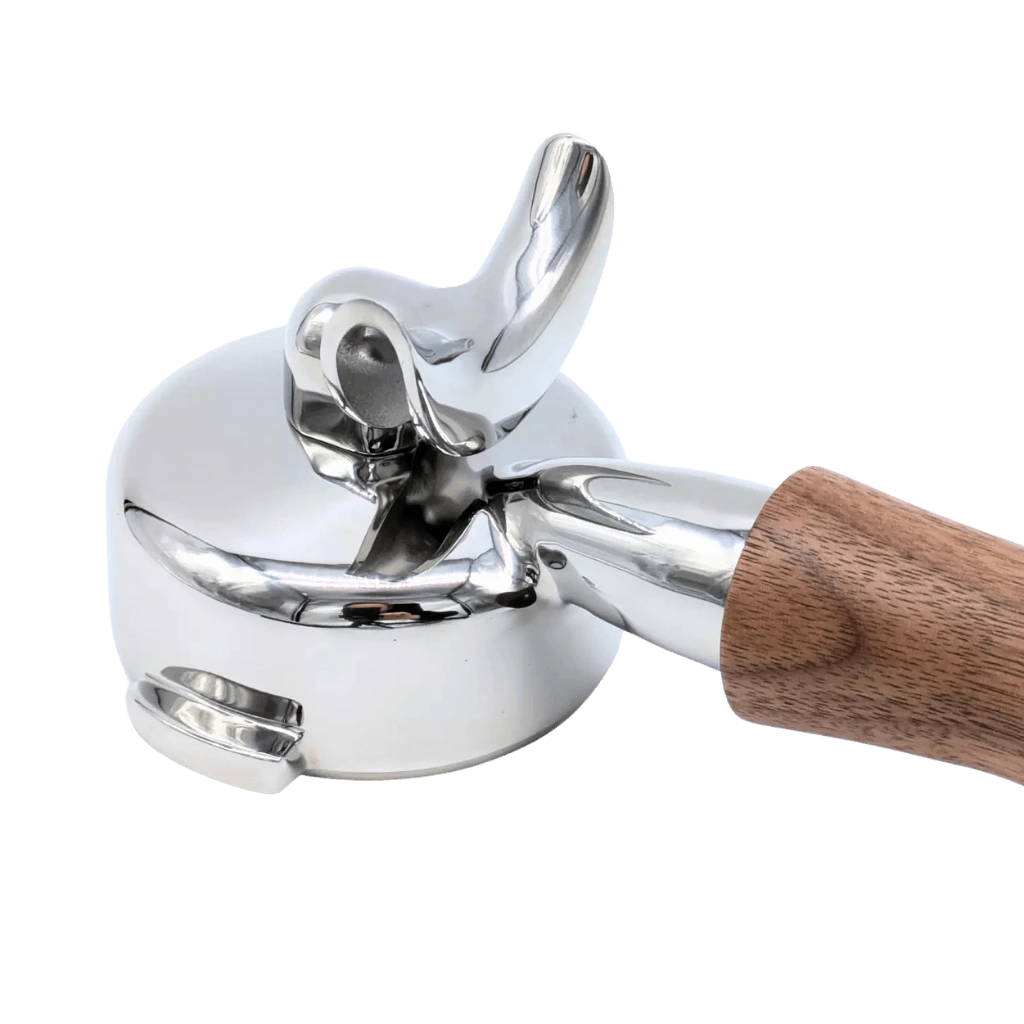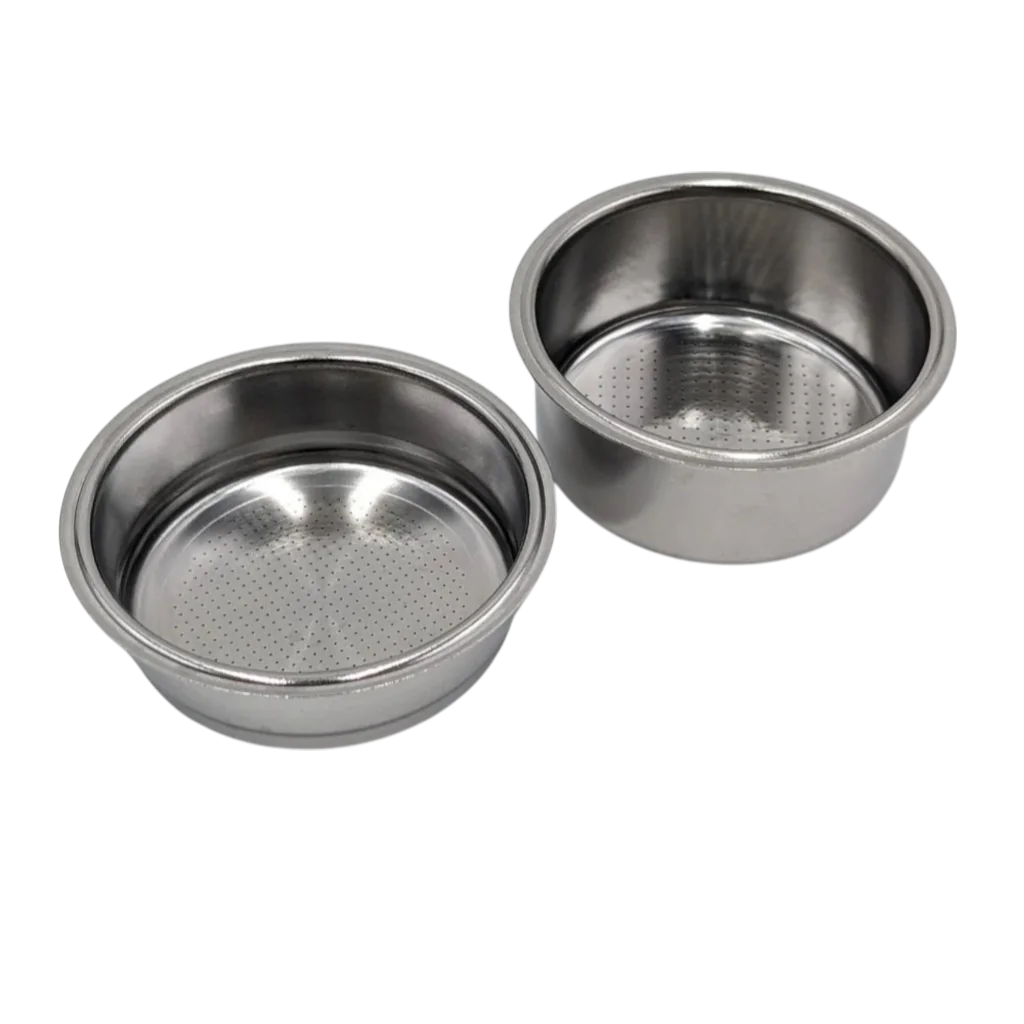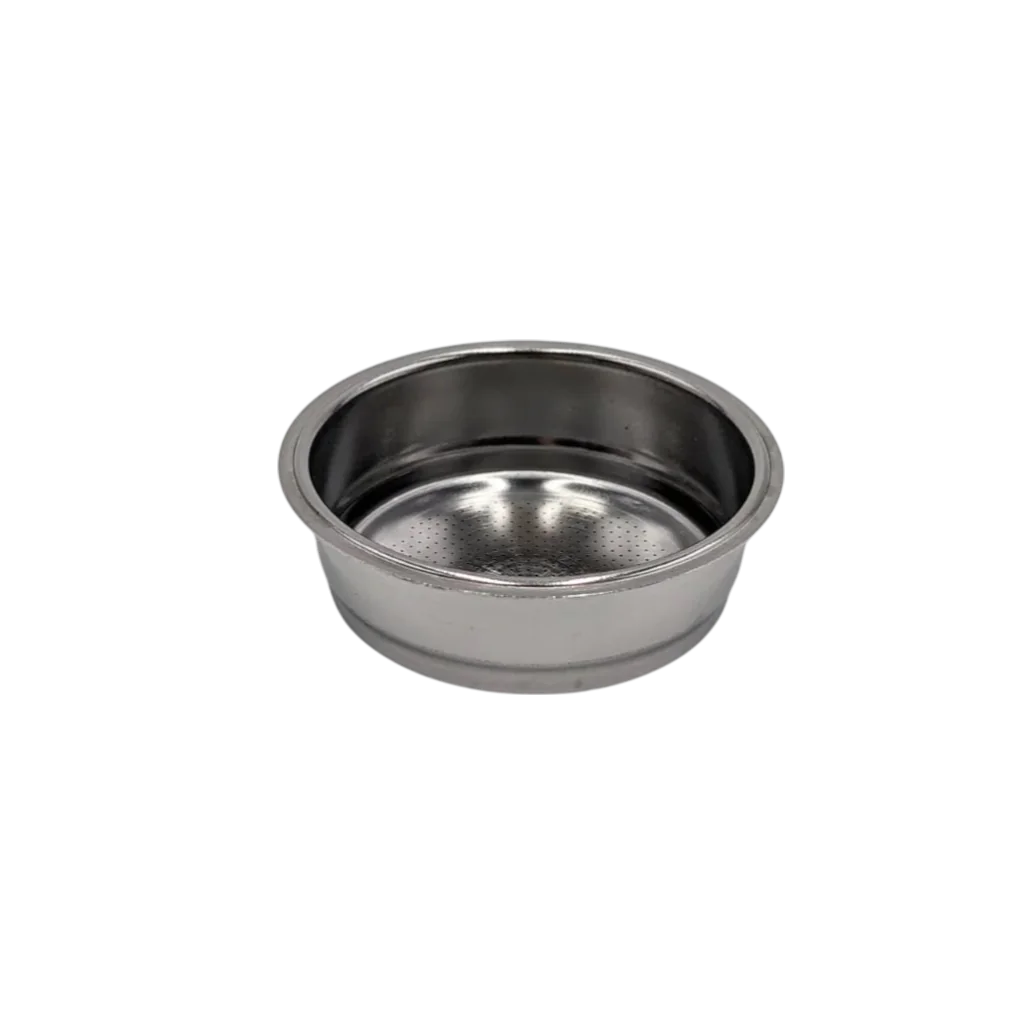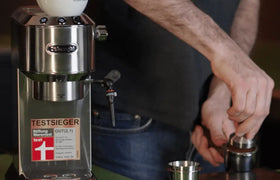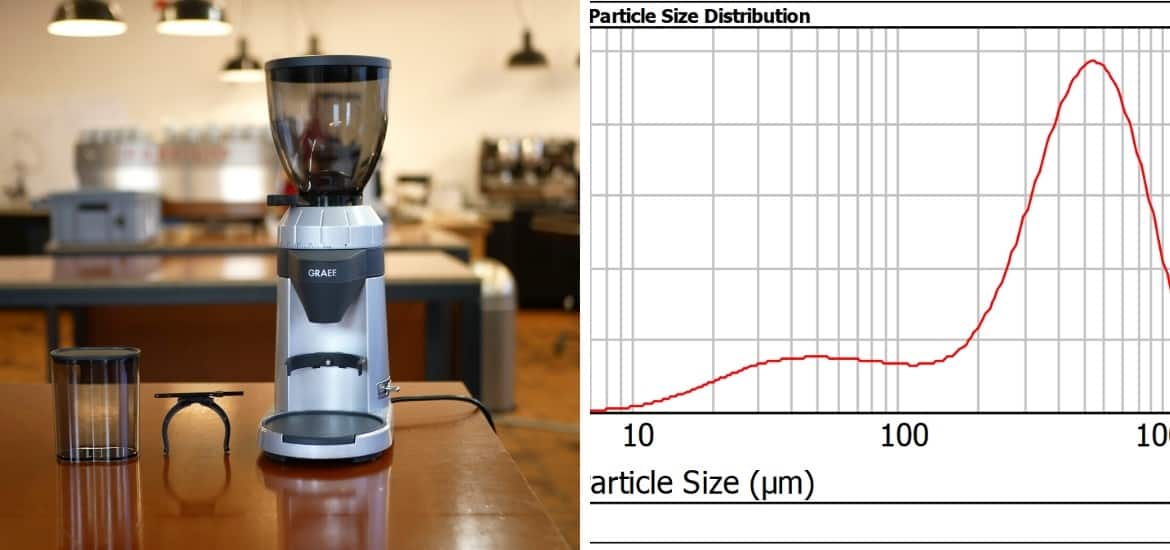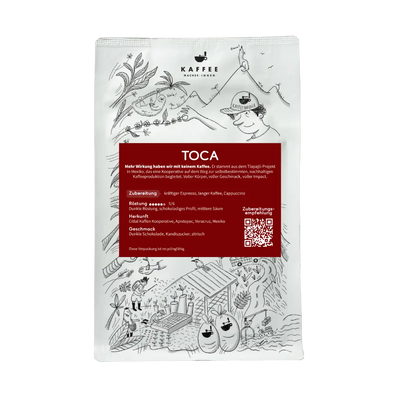It has the reputation of being THE entry-level grinder for the world of espresso. The Graef CM800 is often considered a cheap entry-level machine, but how good is it? What can you expect for 130 euros and is it really suitable for entry-level use? We put the Graef through its paces and were frustrated after the first few hours! The coffee didn't taste good. But we didn't write it off, we continued to test and tinker with it to get something out of the machine. Our two-year journey with the Graef is summarized in this report.
Why do we test like this and why do we test at all?
Our goal is to introduce you to machines and tips on how you can have a great coffee experience with simple means and a limited budget. That's why we coffee makers run our own coffee farm, a roastery and cafés, as well as a coffee academy.
When we recommend a machine, it is because we are convinced of it and know that you can make good coffee with it. If operating tips are necessary for a good result, you will receive them with it. Regarding transparency: We earn nothing from this machine or our tips, so we can be completely honest!
Overall impression Graef CM 800
The price and size are the big plus points of the Graef. 13.5 cm deep, 23 cm wide and a height of 39 cm make it suitable for any kitchen. Its workmanship appears solid at 2.6 kg.
Another plus point: It CAN produce espresso-fine coffee powder, unlike other grinders priced up to €200. So if you find the right setting for your beans, you can actually brew a real espresso.
Our conclusion in advance about the Graef CM 800
So you can grind espresso fine. But getting the right grind is extremely difficult. Operating the machine is not easy. You should even be able to use a screwdriver to get everything out of the grinder. In our opinion, the Graef is suitable for sensory beginners and technically advanced people.
Freshly grind espresso with the Graef CM800
Coffee loses a lot of its aroma just 15 minutes after grinding. This is due to the strong increase in surface area and the reaction of the powder with the oxygen in the air. This is why pre-ground coffee is always worse than freshly ground coffee. Espresso grinders can grind finer than coffee grinders. This is necessary to build up appropriate resistance when making espresso. If the powder is ground too coarsely, the espresso will run too quickly and the coffee will not be sufficiently extracted (under-extraction) and will taste sour. So the Graef can make a big difference in taste, a quantum leap from pre-ground to freshly ground espresso.
Can this cheap be delicious?
We spent many hours with the Graef mastering the complex grind setting and brewing a perfect espresso. So that our negative points are not due to the espresso machine, we purchased the espresso with a La Marzocco GS3, which is in the price segment of a small car.
Our espressos were bitter and at the same time had an aggressive acidity. Despite our usual brewing ratio (18 grams of coffee to 45 grams of espresso) and an optimal throughput time of 25 seconds, the espresso didn't taste good.
In order to keep our perceived taste experience more objective, we used the so-called triangle test. Three espressos are tasted blindly. Two are from the same reference, one is different. We also asked the tester to name the worst espresso. Out of 6 sets, the Graef CM 800 was always determined to be the worst espresso.

Grind distribution as a reason for bad espresso
During the grinding process, the coffee beans are ground into pieces of slightly different sizes. This results in slightly larger particles and slightly smaller particles. This is called the so-called particle distribution. The greater the dispersion of these particles, the more difficult it is to obtain a balanced espresso. When brewing, the large coffee particles are not extracted enough and the small ones are extracted too much. This results in a mixture of bitter and sour components instead of a balanced cup. With the Graef, the particle distribution is too broad. Using a laboratory sieve, we were able to determine that out of 50 grams of espresso powder, only 20 grams were ground to the perfect size. About 10 grams is too fine, about 20 grams is too coarse.
Grinding degree analysis via laser and image capture
With the help of Benjamin Schütz, roaster and coffee professional, and the company Symphatec, we were able to compare the grinding of different mills. I set the grinders for a perfect espresso (18 grams of powder to 50 grams of drink in 25 seconds). We tested the following mills:
Anfim Practica as a professional benchmark, Eureka Mignon Perfetto, Macap M2D, Sage Smart Grinder Pro, Sette 270wi, Graef CM800.
The Graef CM 800 had the lowest peak. This means that the grinding is clearly scattered and does not have a really uniform degree of grinding. The amount of coarse particles is also higher than with the other mills tested.
Lowest strength and extraction evaluation with the Graef CM800
We also tested the “strength” of the coffee, i.e. the amount of dissolved coffee particles in the espresso. The Graef was clearly behind the other mills. There were only about 17.9% dissolved coffee particles in the cup. Other mills achieved up to 21.5%. In terms of taste, this resulted in a rather watery tasting espresso.
Mill test 2022 - Graef CM800 under the microscope again
The tests we carried out in 2022 also support the above results. A new analysis in the laboratory again showed a very broad distribution of the particles and a high coarse peak. It is simply difficult to precisely grind a certain size of coffee particles.
Operation and grinding level adjustment of the Graef CM800
The grinding degree setting is the most important setting option for the coffee grinder. Here you can set how coarse or fine the powder has to be in order to achieve the perfect flow rate during the extraction.
The Graef has a setting range of 0-40. Unfortunately, even on the finest setting, the espresso shot through in just 12 seconds. So it was still too rough. That's why we had to adjust the grinding disks internally instead of externally.
To do this, the mill had to be opened and two small screws on the upper grinding disk had to be loosened. You could then make a rough adjustment to get the right range when grinding espresso. The best way to see it is in our coffee maker video.
This type of setting is possible, but very, very complicated and actually a no-go. Beginners in particular who are attracted to this affordable mill will be put to the test here. There is a risk that instead of being an introduction to the world of espresso, you will be put off by the complexity.
The grinding takes place using an on and off button. The amount of powder must be weighed manually as there is no timer function.
You can find suitable mill cleaning powder here .
Dead space for coffee powder
By dead space we mean hidden places in the coffee grinder where old coffee powder remains. The larger the dead space, the more “old” coffee grounds you get when grinding in your portafilter. The Graef's dead space is approx. 8 grams. That's quite a lot!
Conclusion on the Graef CM800 and who is this mill suitable for?
The biggest pro is that the Graef is the only mill in its price segment that can grind espresso finely. However, precise adjustment is very complicated if the grinding disks need to be readjusted.
The particle distribution of the ground material is so wide that the ground coffee is extracted incorrectly despite the correct setting. There are then too many under- or over-extracted coffee particles.
Many beginners use the Graef together with the Delonghi Dedica EC 685. Both machines can be used to brew an espresso cheaply, but whether it will then suit the taste remains questionable. Especially for beginners, it is important that your equipment works reliably in order to quickly identify setting errors. That's why we wouldn't really recommend the Graef. If you don't mind using a lot of ground coffee powder and sweating with the settings, you can try the Graef.
This article is a short blog. You can find the detailed blog article here on our Swiss site.


